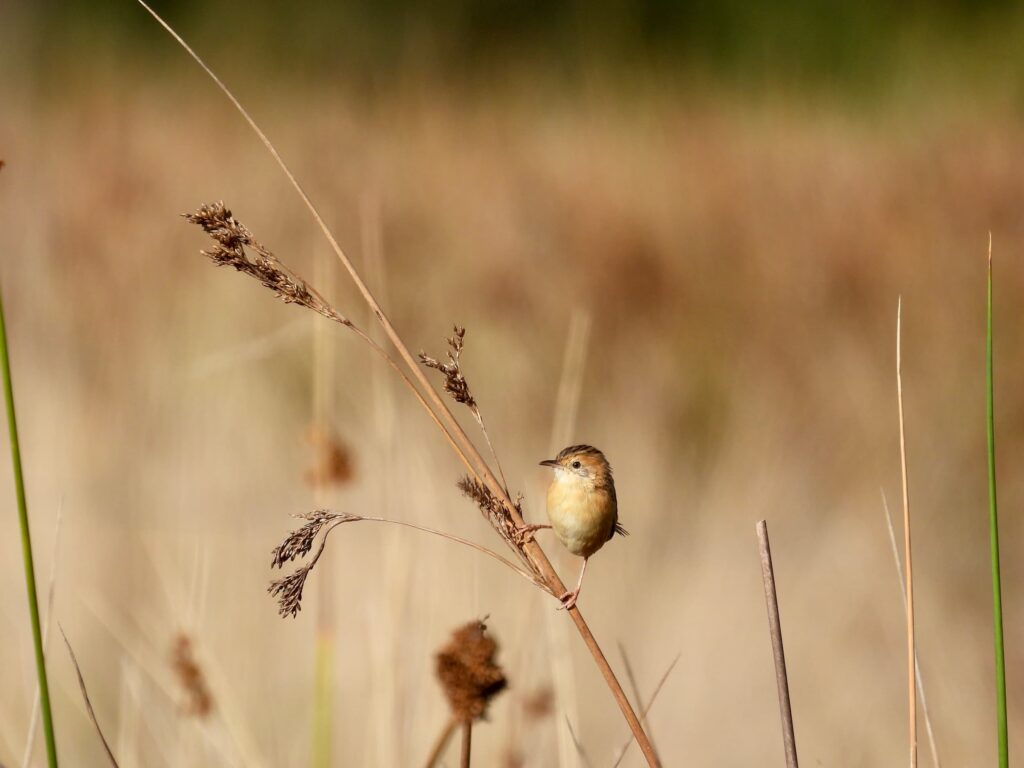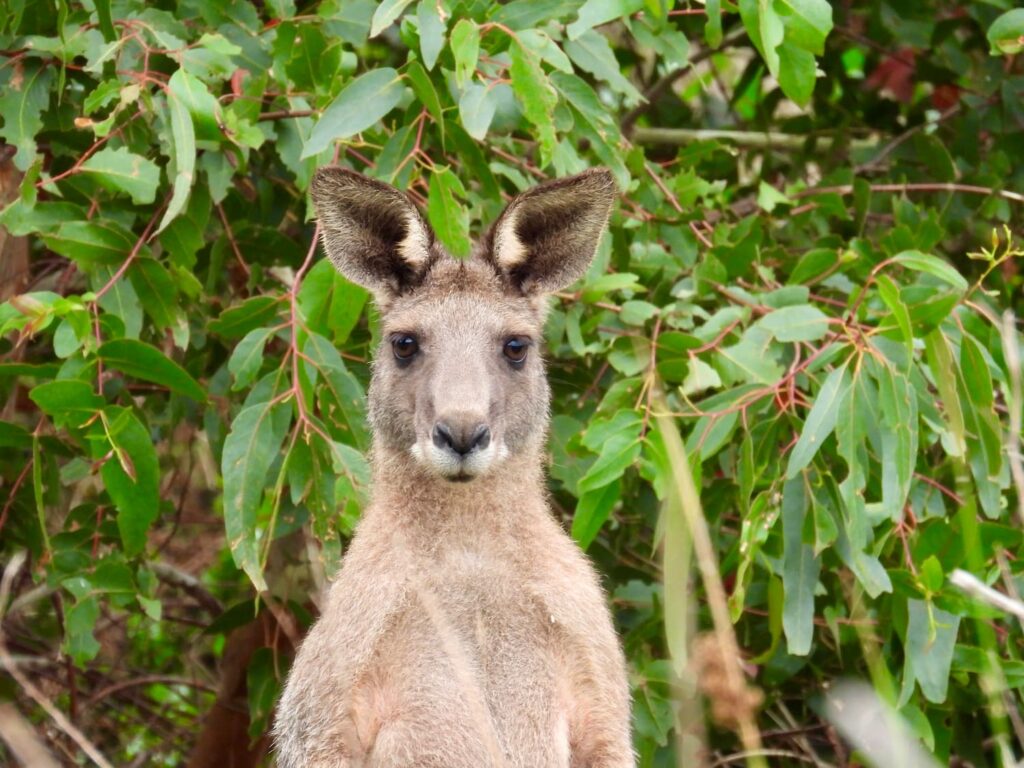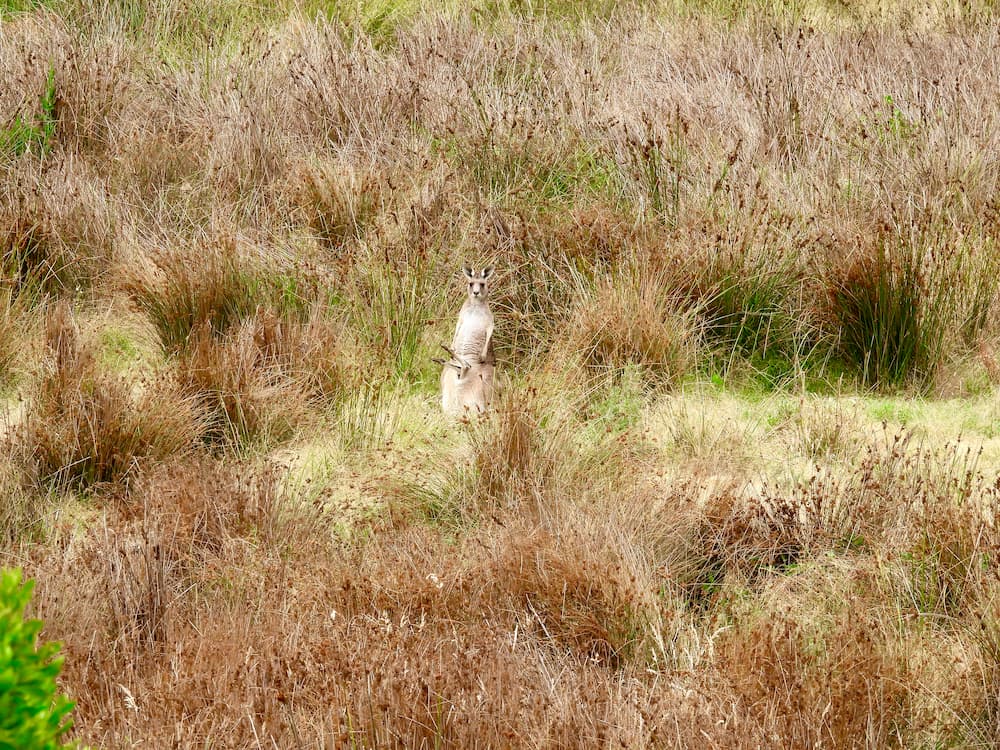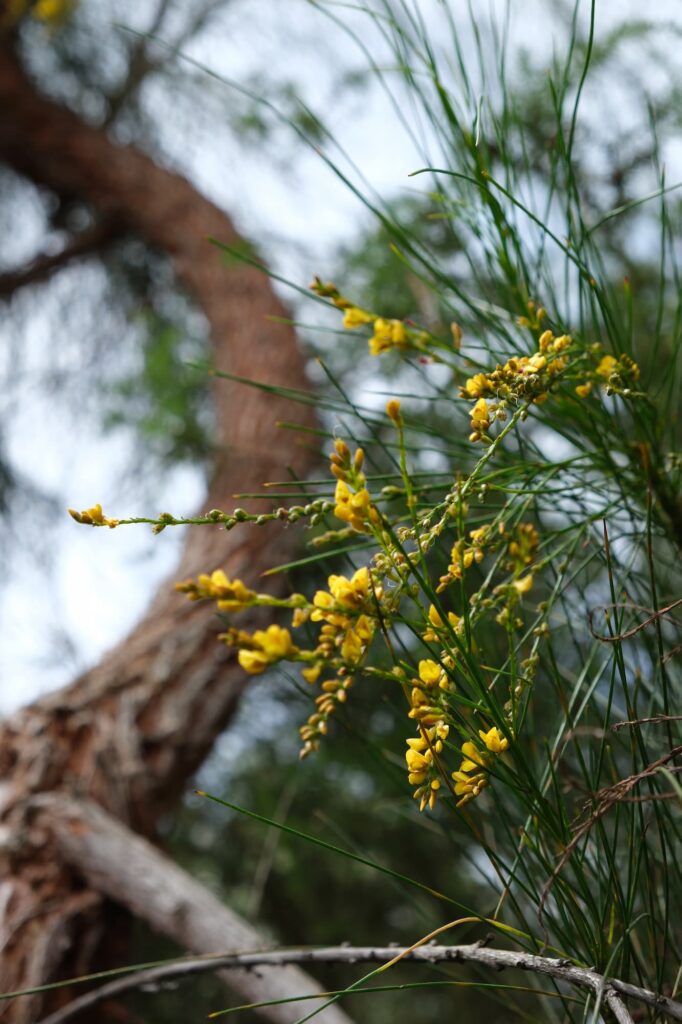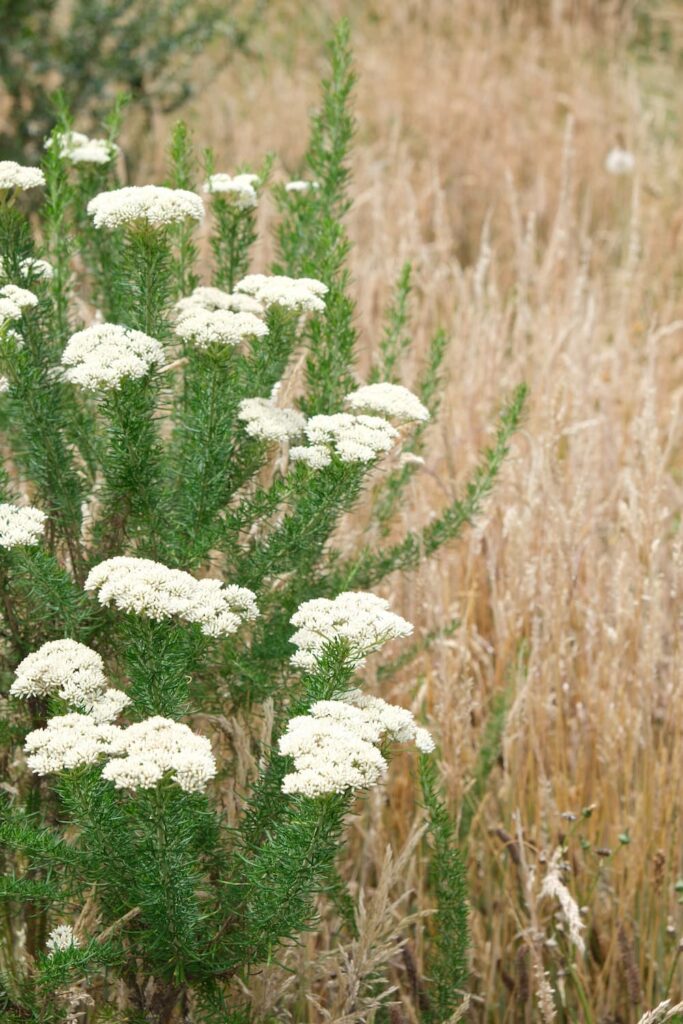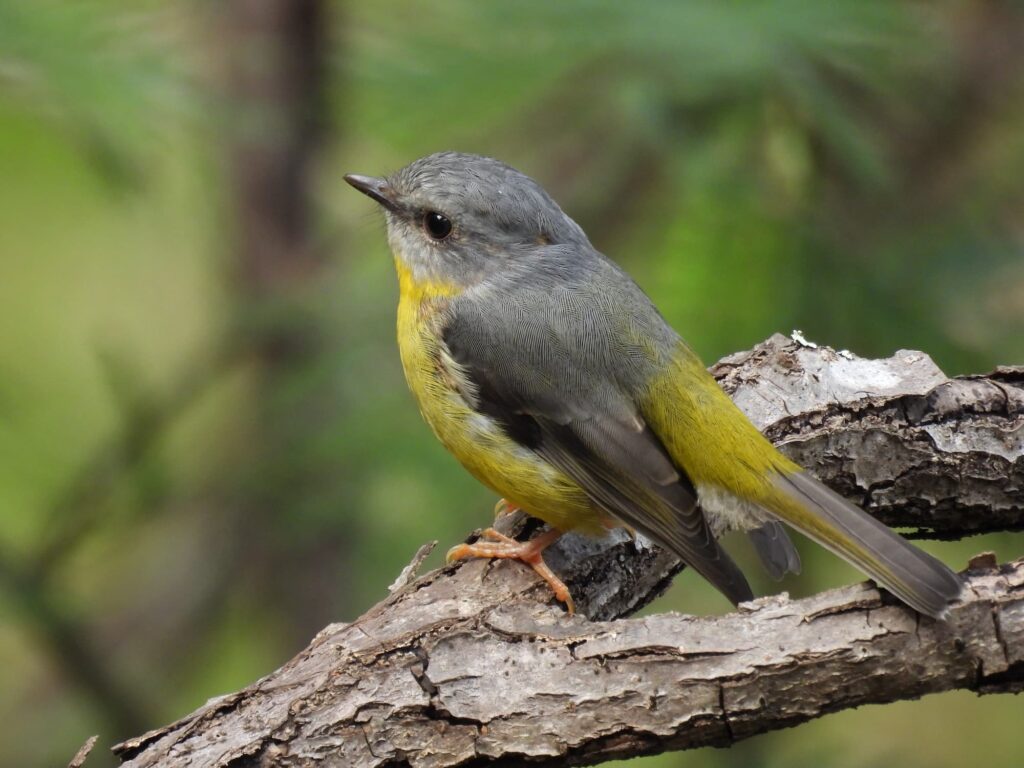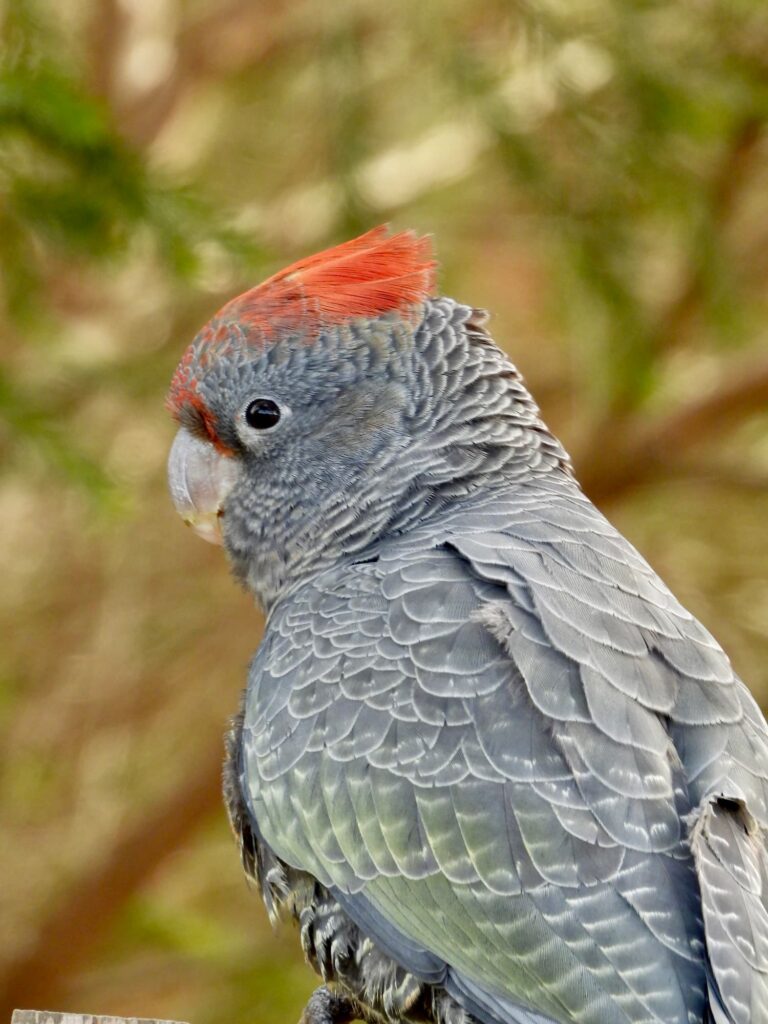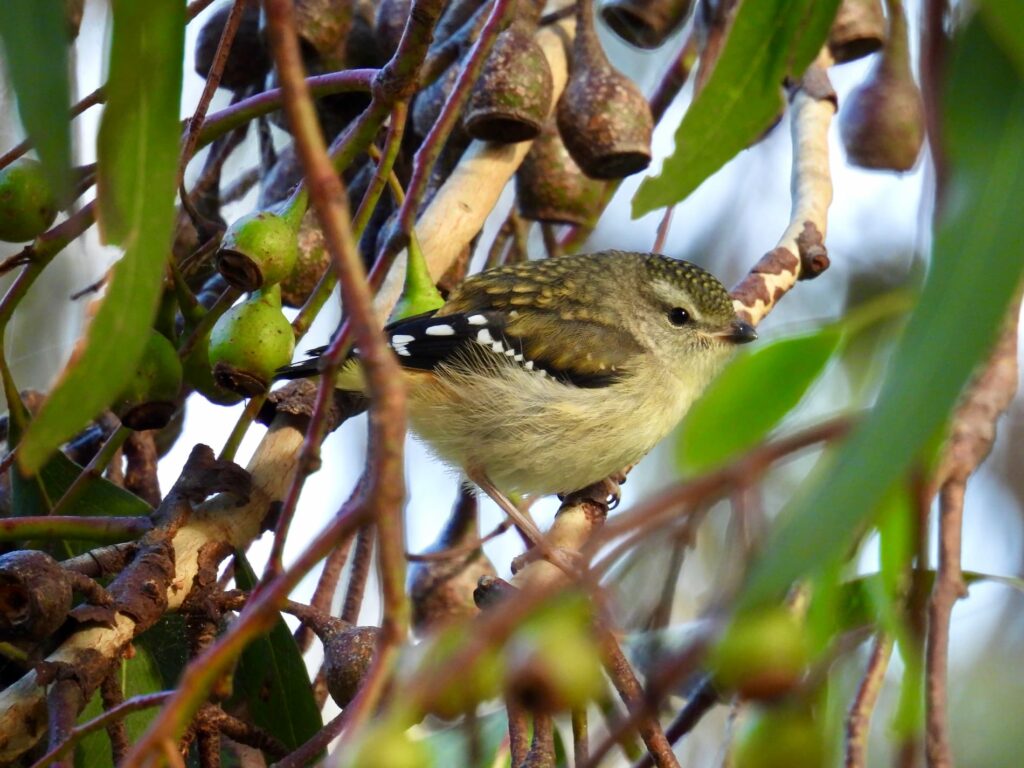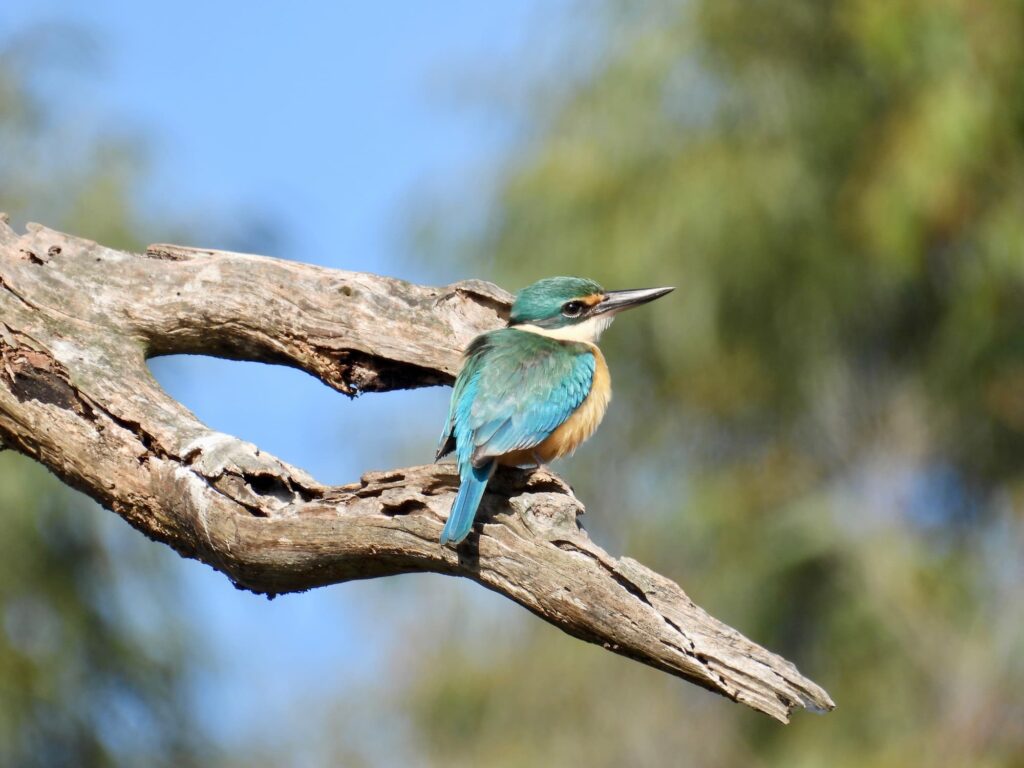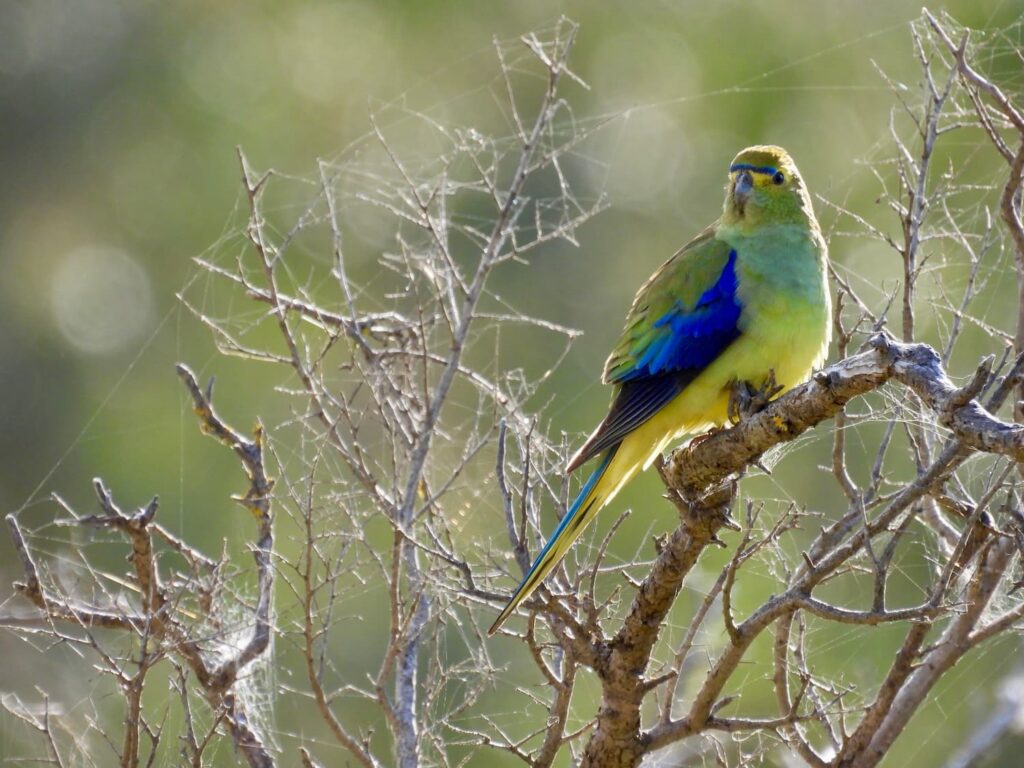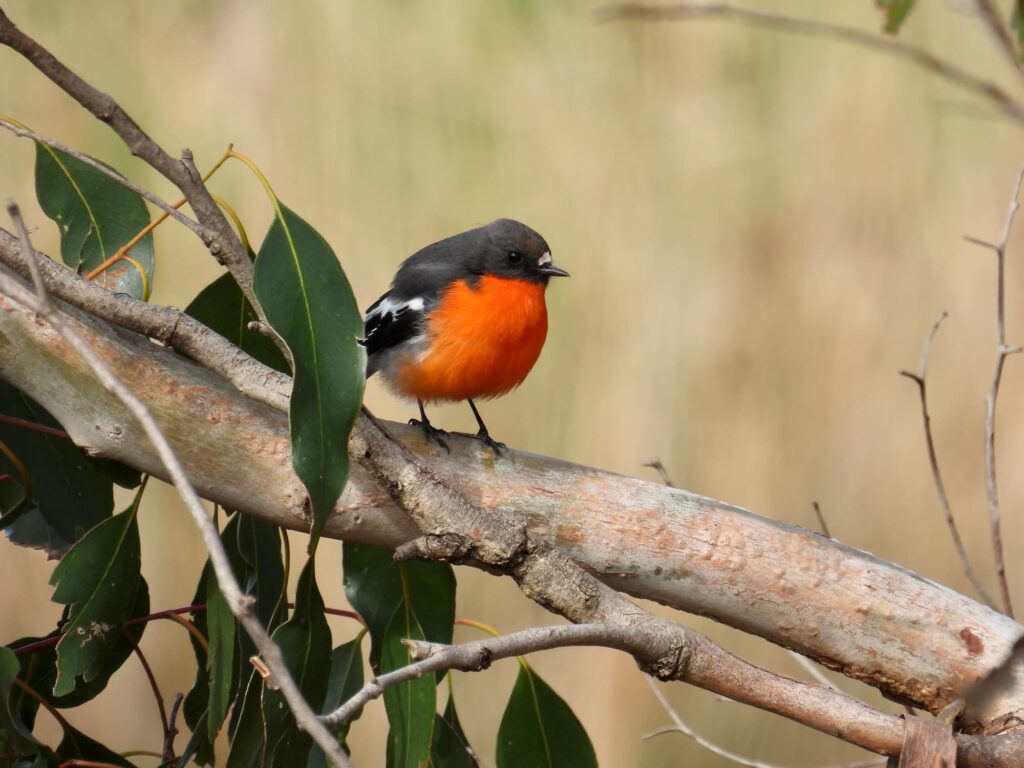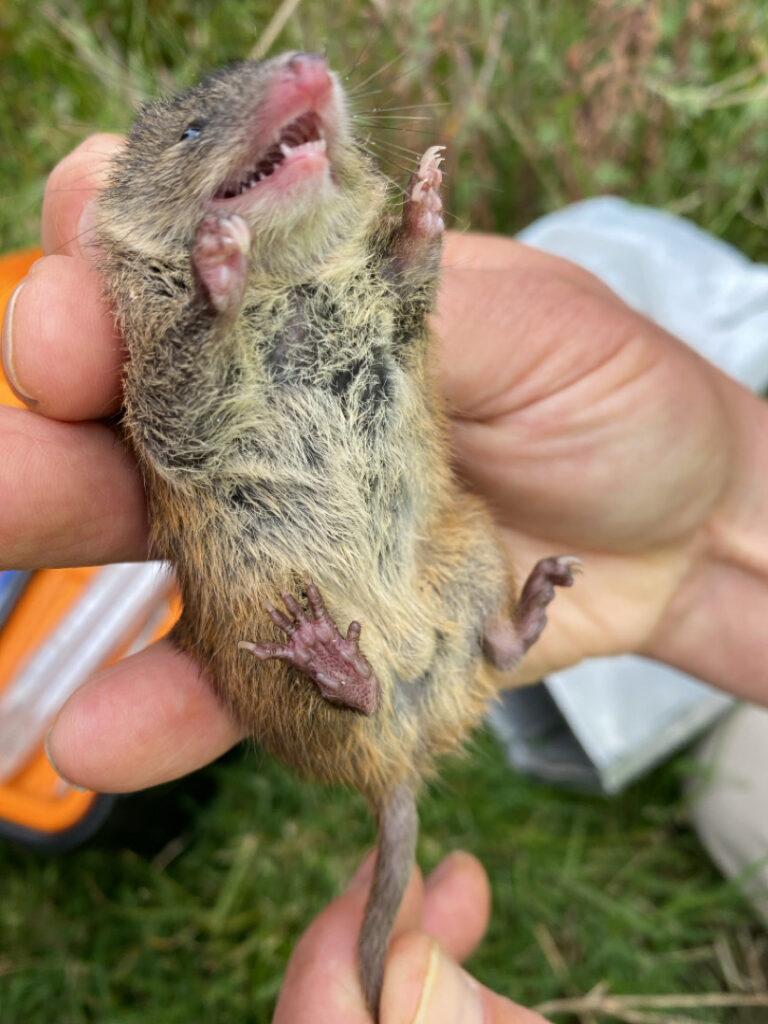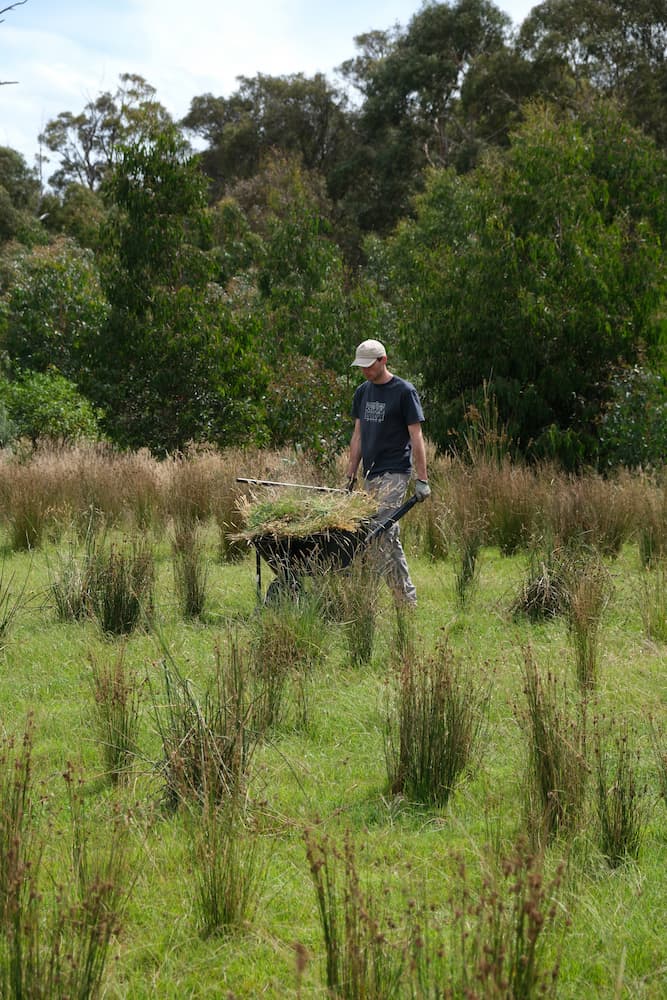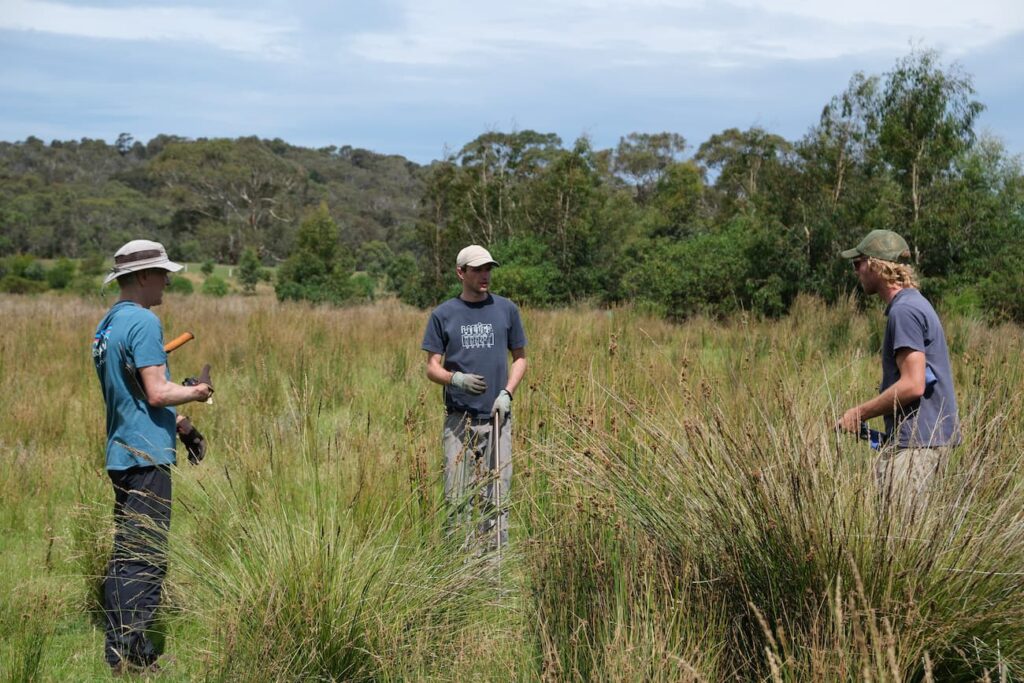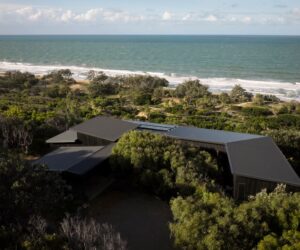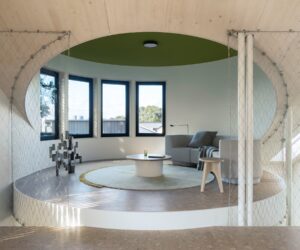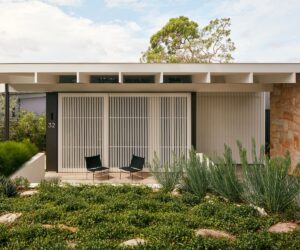Built, and They Came
A coalition of informed, passionate and interested parties helps nature breathe new life into a battered Victorian valley.
On this revegetation project in the Painkalac Valley, nestled just upstream from the Aireys Inlet lighthouse on Victoria’s Surf Coast, the catchphrase ‘Build it and they will come’ from the 1989 sports film Field of Dreams applies equally to the return of native bird, plant and mammal species as to fans flocking to a homemade diamond to watch long gone baseball players.
With the arrival of European agriculture almost 200 years ago, nature was dispossessed of this land, as much as land can ever truly be dispossessed from nature. The vegetation was cut down, burned, poisoned and ploughed out. Animals were killed. Nature was forced to retreat to the edges of the land. The new agriculture was based not on co-dependence, sustainability, working with nature, as the people who have been here for tens of thousands of years have practised. This new, foreign agriculture was one based on dominance over the land. It was cleared of what had been there and replaced with grass from a
distant continent, the native animals replaced with large farm animals that would graze and compact the land with their
hooves. The small undulations and divots flattened out and the billabongs and wetlands drained, turning the creek not so much into a waterway as into a drain to dry out the surrounding land and carry off the manure from the domestic animals.
Nature waited on the edge of the land, patiently, sending out occasional exploration parties to see if it was safe to return. Seed would be dropped by birds as they flew overhead. It would be blown into and washed downstream. Seeds long dormant in the earth would germinate and sprout new shoots. Animals would scurry across the land. But each time the seedlings would be trampled, eaten, the animals shot or poisoned. The insects sprayed with insecticide, the plants with herbicide.
In 2018 my partner Jacinta Halloran and I purchased 4.3 hectares of the Painkalac Valley river flats. What followed was a concerted effort of landowners working with the local fauna and flora group, Angair, and other concerned locals to rehabilitate the land. Work started in July 2019 with a volunteer team of over 35 people turning up for the first planting day. Since then, over 8000 trees, shrubs, grasses, sedges and prostrates have been planted along with approximately one hectare of land sown with indigenous grass seed.
A key to the project has been the reestablishment of a large ephemeral billabong. This had previously been drained and used at first for grazing cattle, and then horses. With a bit of active weed management and help from long-dormant seeds, what was a sea of kikuyu grass became a field of native flowering annual herbs. This was then slowly overtaken by rushes and sedges spreading out to cover the low flood plain surrounding the deeper parts of the billabong.
Very quickly the birds started to return. Silvereyes, superb-blue wrens, gang-gang cockatoos, sacred kingfishers, rosellas, as well as many species of waterbird and birds of prey. In all, over 40 species have been observed in the area. Insects, butterflies and moth species have returned, and the billabong has sprung to life with water beetles, tadpoles and a chorus of frogs. With a restored habitat, and food aplenty, native animals have started to return. Native swamp rat burrows and tunnels have sprung up everywhere. Cameras have revealed echidna, swamp wallabies and small marsupials called agile antechinus. Rakali (native water rats) have been found in the creek, and eastern grey kangaroos now feast on the native grasses.
Recently, something very special happened. A swamp antechinus – a small carnivorous native marsupial and close relative of the thylacine (Tasmanian tiger) – was live-trapped near the billabong. Somehow this listed threatened species knows that it’s now safe to return. Habitat loss is a massive cause of species extinction. This project demonstrates that we don’t only have to stop clearing land to protect these precious co-inhabitants of our small blue planet, we can also restore what we have destroyed, and nature will somewhat magically do the rest.
